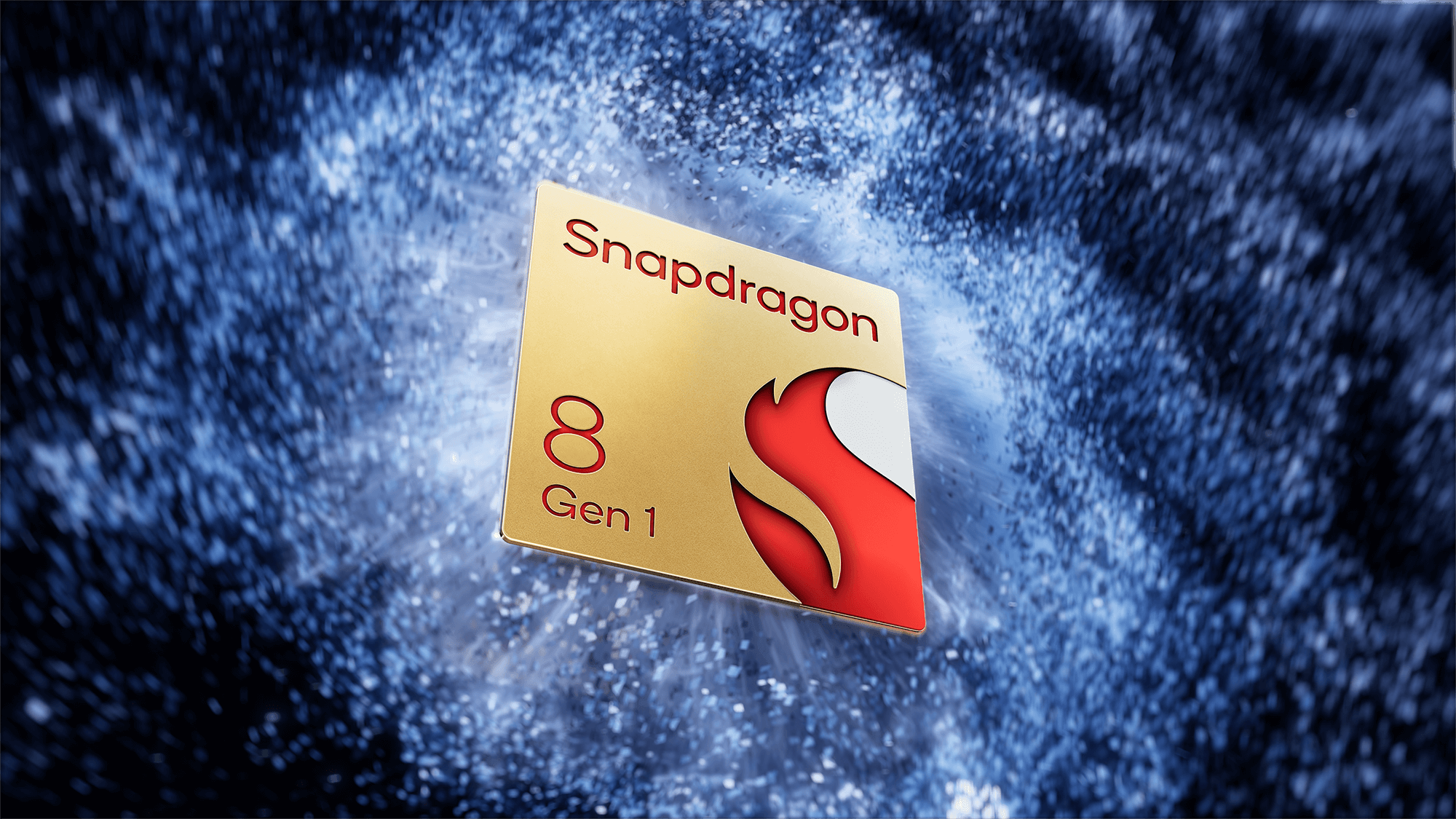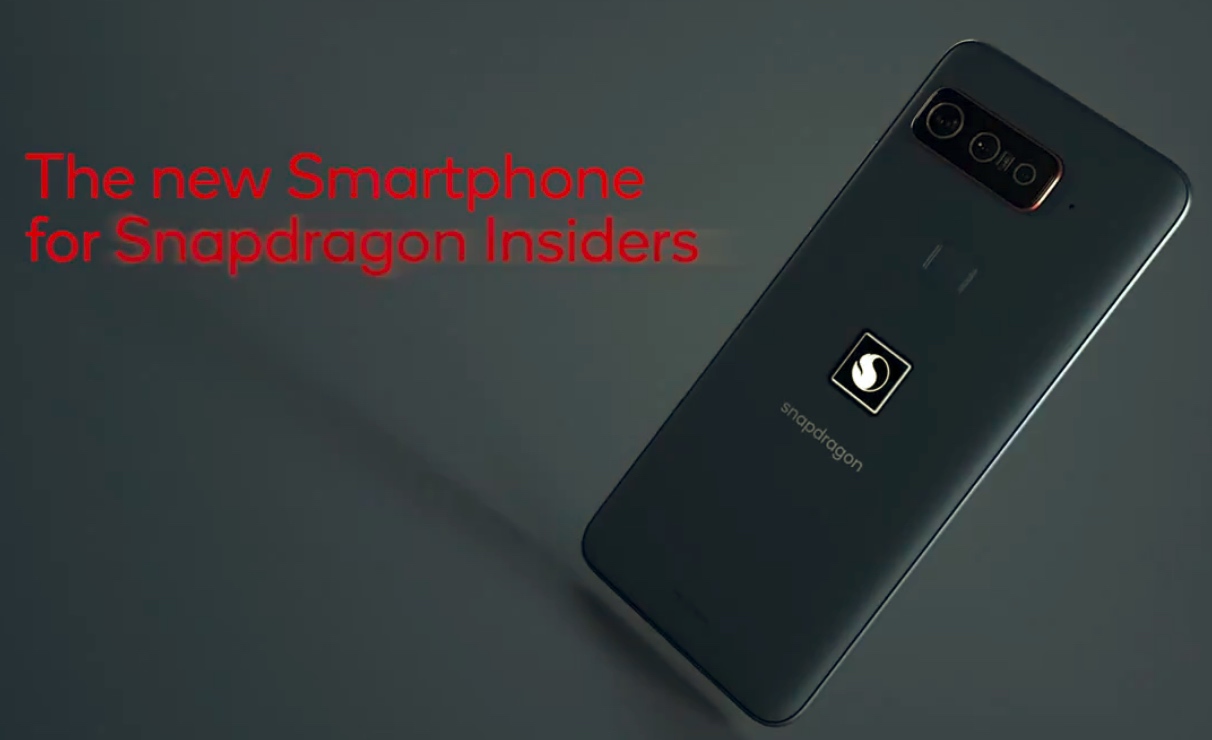
Details about Qualcomm’s next-generation mid-range flagship chip, the Snapdragon 670 have been leaked. The chip is codenamed SDM670 and features a Gigabit LTE modem.
Successor to the Snapdragon 660, the Snapdragon 670 will be fabricated on the 10nm process. The octa-core chip comprises of ‘low-power’ hexa-core cluster that can run at up to 1.7GHz and are based on ARM’s Cortex-A4. More impressively perhaps, the two other cores are Qualcomm’s Kryo 300 CPUs which can reach as high as up to 2.6GHz. This will be the first time that Qualcomm will be using its custom-designed Kryo cores in its premium mid-range chip. Other specs of the CPU cores include 32KB L1 cache, 128KB of L2 cache for each cluster, and 1MB of L3 cache shared by the entire cluster.
The Snapdragon 670 will also feature an Adreno 615 GPU which can reach speeds of up to 700MHz under special circumstances. In most cases though, it will be limited to speeds of 650MHz. Other notable specs include a gigabit LTE modem, UFS NAND support, support for high-resolution dual-cameras and WQHD displays, and more.
It is unclear when Qualcomm will unveil the Snapdragon 670 but given that MWC 2018 is around the corner, it is likely that the chipset will be made official at the event.
Our Take
Qualcomm’s Snapdragon 660 did not make its way into a lot of upper mid-range devices so it will be interesting to see how the adoption of Snapdragon 670 among OEMs is this time around. Given a February unveiling, Snapdragon 670-powered devices will likely make their way to the market from the second half of this year.
[Via Winfuture]















